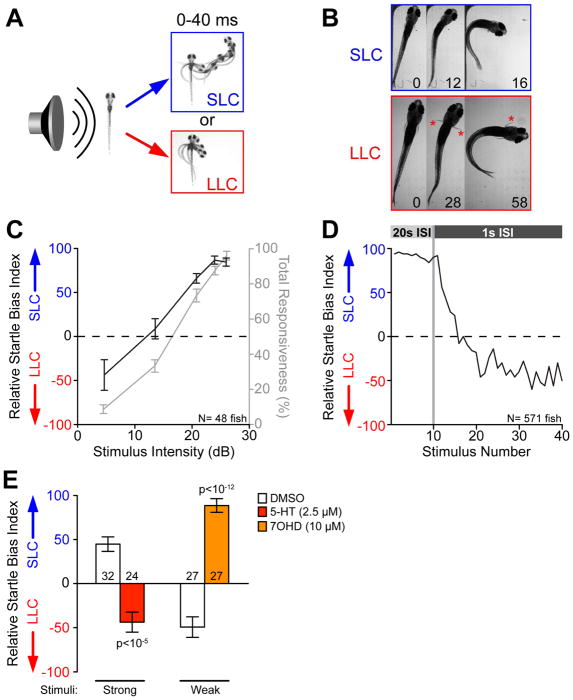Figure 1. Selection of appropriate behavioral responses to acoustic stimuli is a dynamic process.
(A) Temporal projections over 40 ms post-stimulus of wild type 5 dpf larvae performing SLC and LLC behaviors.
(B) Time course of the initial C-bend of wild type (WIK) fish performing SLC and LLC responses, 16 dpf. Numbers show elapsed time (ms) after stimulus, red asterisks indicate active pectoral fin usage. See also Movie S1.
(C) Average behavioral bias (black, left axis) and response frequency (grey, right axis) of 48 larvae (5 dpf) to acoustic stimuli (p<0.0001, Kruskal Wallis Test). Relative Startle Bias Index calculated for each larva at each intensity (see STAR Methods).
(D) Average relative startle bias of 5 dpf larvae following identical 26 dB stimuli at 20 sec intervals (Stimuli 1–10), then 1 sec intervals (stimuli 11–40). See also Figure S1.
(E) Average relative startle bias of 5 dpf larvae treated for 20 min with serotonin (5-HT) or dopamine D3 receptor agonist R-(+)-7-Hydroxy-DPAT (7OHD). Number of larvae tested at base of bars. Error bars indicate SEM. See also Figure S2, Table S1.

